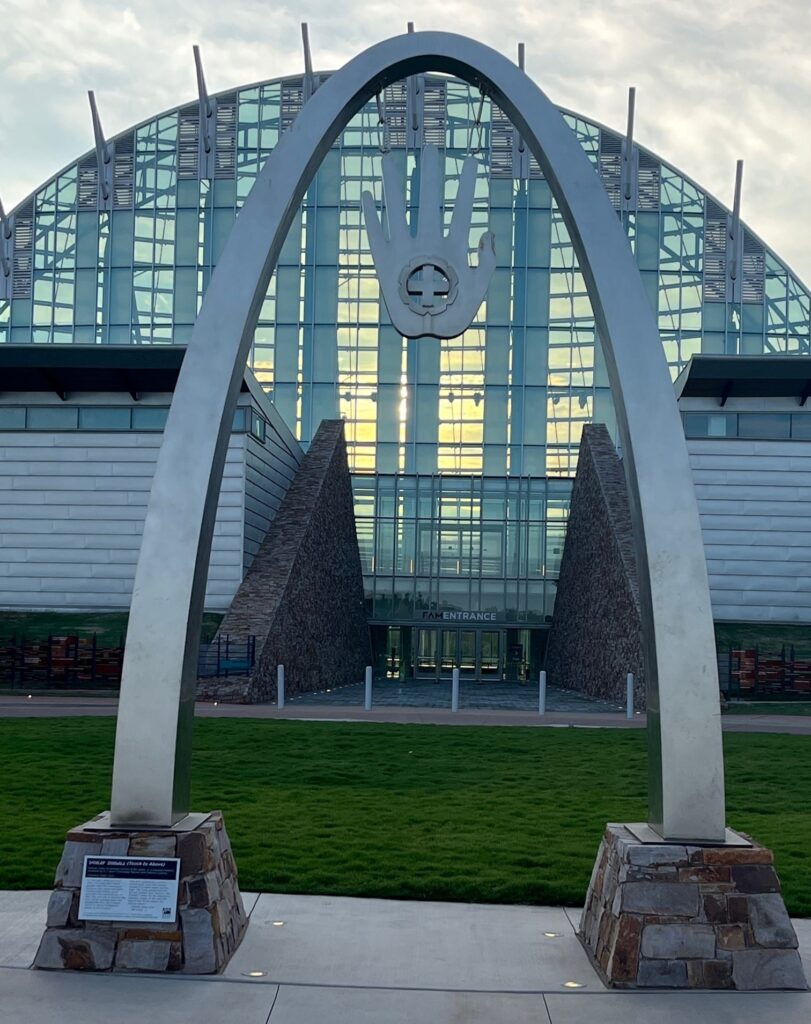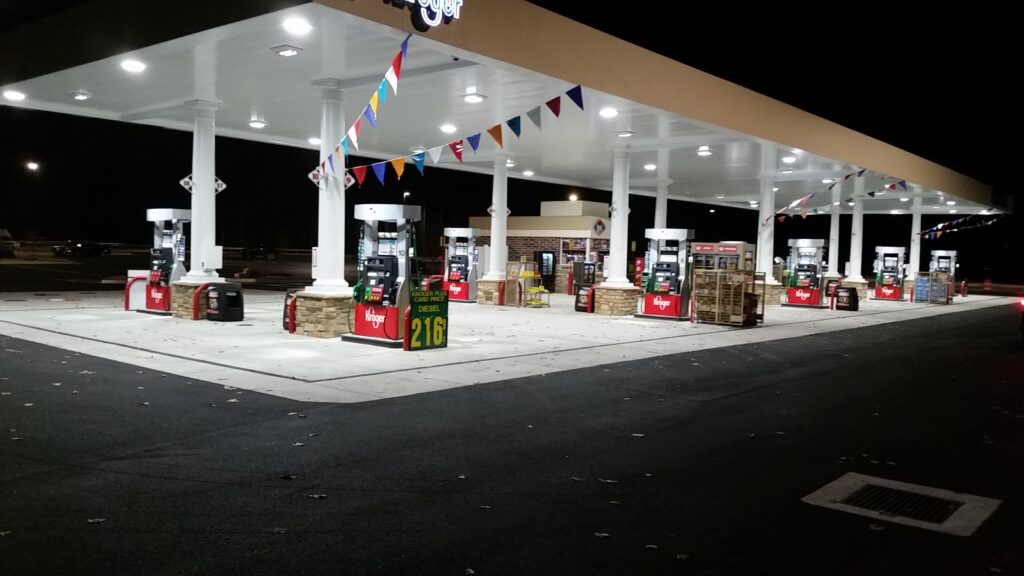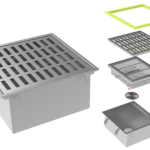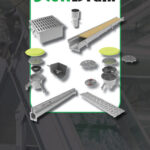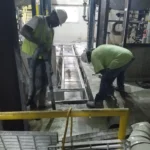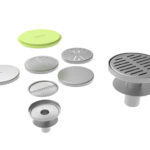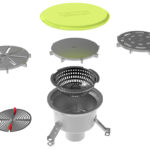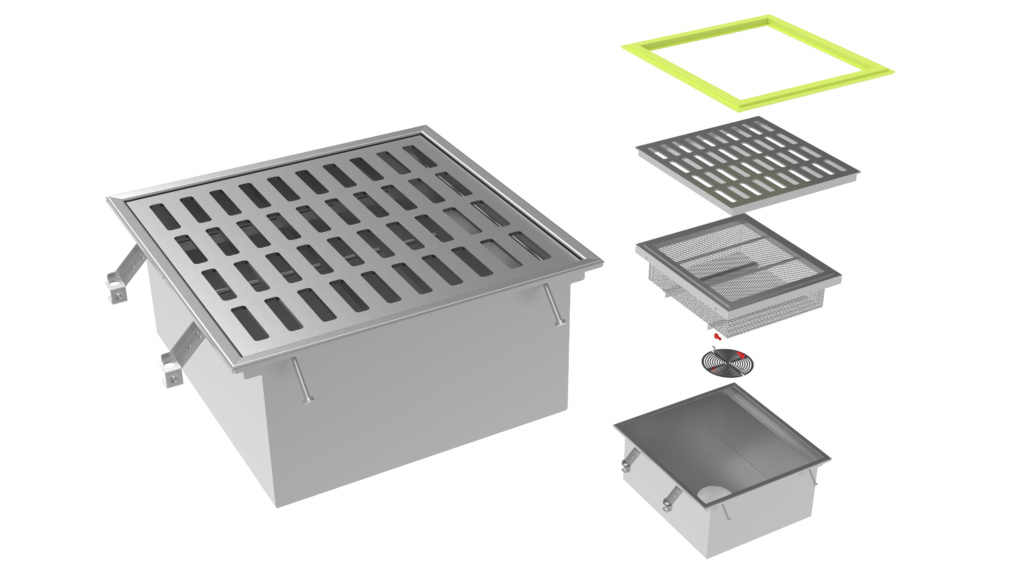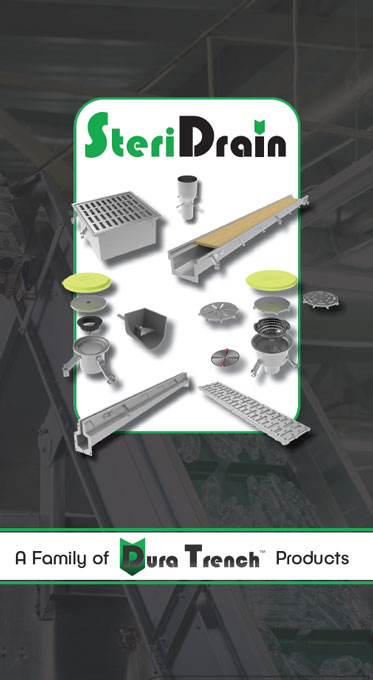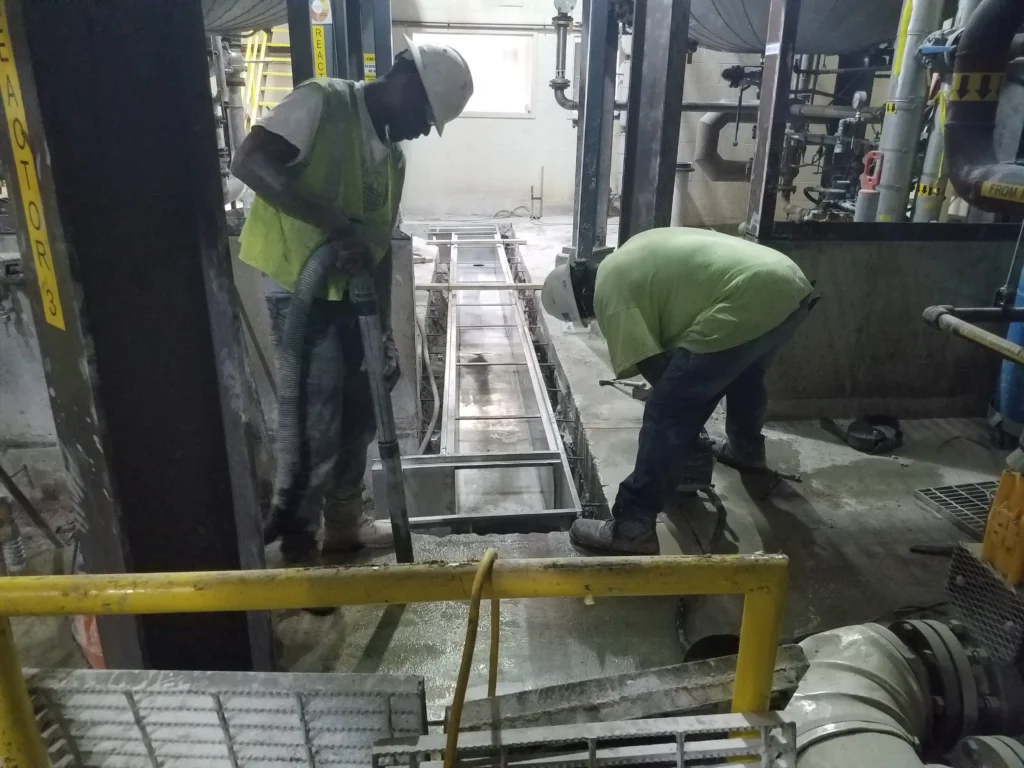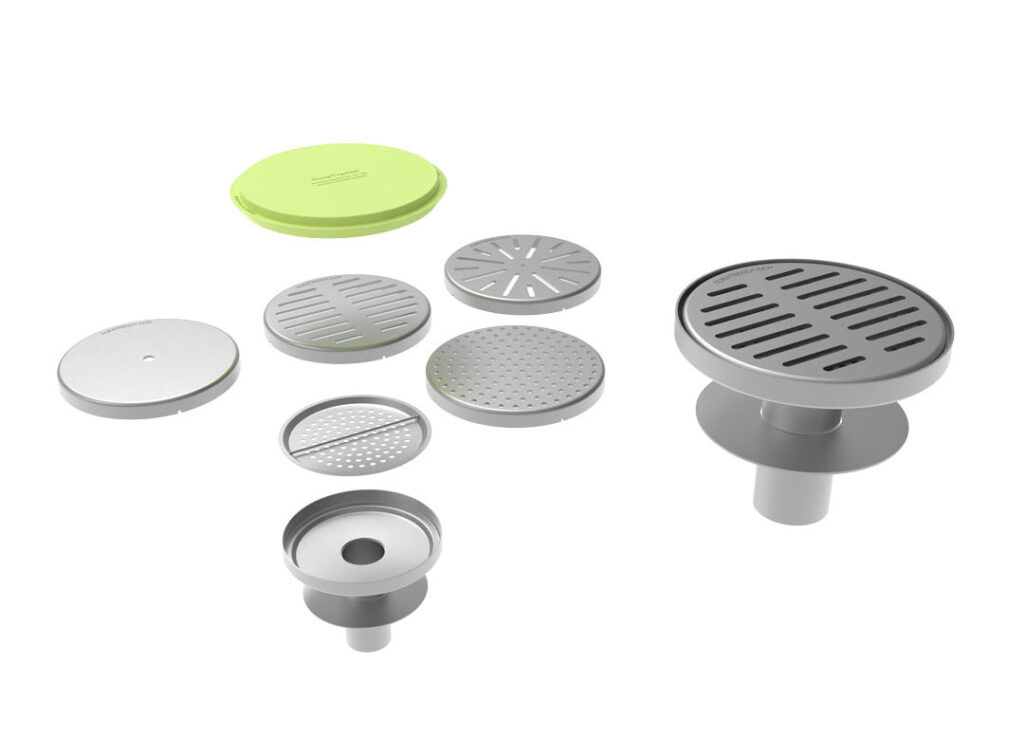While the rain can be a welcome benefit to plants in your yard or your garden, it can be a major problem for other parts of your property when you don’t have the right rainwater drainage systems in place. Standing water can impact the health of your home or business, undermine landscaping, and lead to health risks. It is also unsightly and is bad for the curb appeal of your property.
Having the right rainwater drainage in place is key to maintaining a happy and healthy home or a successful and effective business. Knowing more about the kinds of rainwater drainage systems that you should have in place on your property can help you ensure that you are not going to deal with preventable issues related to water damage.
Issues Caused by Poor Rainwater Drainage
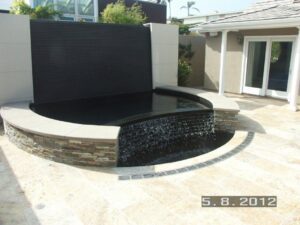
There are many things that go wrong on your property when you do not have rainwater drainage in place. Many homeowners or business owners don’t even think about these risks until it is too late. It is much more costly to deal with water damage on your property after the fact than it is to install a drainage system in the first place.
These are just some of the most common examples of rainwater damage:
- Basement flooding which can undermine the structure of your home or office and cause harmful mold and mildew.
- Soil erosion, which can lead to issues with landscaping and gardens.
- Foundation cracks, which can be very expensive to repair and which can lead to buildings becoming unstable.
- Mold and mildew growth, which can lead to significant health risks for those who are exposed to them
Proper drainage can prevent all of these problems and help you to make sure that you don’t have to pay for costly repairs or suffer from illnesses that could have been prevented.
Proper rainwater management helps keep standing water away from basements and the foundation of buildings. It helps to control erosion and ponding, which can lead to the growth of bacteria or insect populations. It preserves your property value and helps make sure that there is no risk of slip and fall accidents at your home or office. This kind of drainage system also helps to protect the environment.
Parts of a Rainwater Drainage System

There are many components that need to be included in your rainwater drainage system. You will need to have all of these things in place on your property to make sure that rainwater is properly funneled away from important structures and landscaping.
1. Gutters
Gutters funnel water off the roof and into the rest of the drainage system. No matter how well-designed and well-cared-for the other parts of your drainage system are, you need gutters to be able to protect your home or business from water-related damage.
2. Trench or Slot Drains
Trench and slot drains are by far the most common and the most effective kinds of drainage systems that should be installed on any property. These drains come in all shapes and sizes and can even be made to custom specifications if need be. These drains funnel water away from your home or landscaping and into collection basins, sumps, or sewer connections.
The size of your trench or slot drain is matched with the expected maximum amount of water runoff that you expect to need to deal with. While you might not have this much water flowing through your property or off your roof very often, it is essential that the drainage that you have in place is able to handle the maximum volume of water that needs to be drained away.
3. Drain Components
There are various drain components and connections that are necessary to make any rainwater drainage system work properly. All kinds of trench drains need to be connected to an outlet of some kind or a collection point that is connected to a sewer line or a drain field. Without quality connections between your drainage system and the means of removal of the water that has been collected in them, you could deal with erosion and other problems at the ends of your drainage system.
No matter what kind of drainage system you invest in, you will need to check on the connections and other kinds of components that are needed to ensure that your drainage system works correctly.
4. Maintenance Tools
Every part of your rainwater drainage system will need some kind of maintenance. Gutters and trench drains will need to be flushed out and cleaned periodically, and you will want to check from time to time on the condition of drain grates and components that connect your rainwater drainage system to the rest of the drainage network. Find out more on how to clean and maintain a trench drain system here.
Having the right clean-up tools in hand can help you deal with occasional things like clogs in your drainage system before standing water causes erosion or undermines your trench drains. You will want to consider having a skilled team come to your property to take care of these needs if you feel that you are not up to this kind of job.
Rainwater Drainage is Key to Maintaining Any Property
No matter what kind of property you own, you need to have rainwater management systems in place to take proper care of it. Without this essential kind of water management system, you could expose your property and the buildings standing on it to all kinds of risks. Installing proper drainage is cost-effective and easier than you might think. When you work with a skilled installation team, and you purchase a complete drainage system from a quality company, you will be able to maintain your property with ease.
Rainwater management is necessary all around the US, and you cannot afford not to consider this need. Being sure that you can control standing water and funnel away excess water from buildings and landscaping is a key aspect of correct property management.

